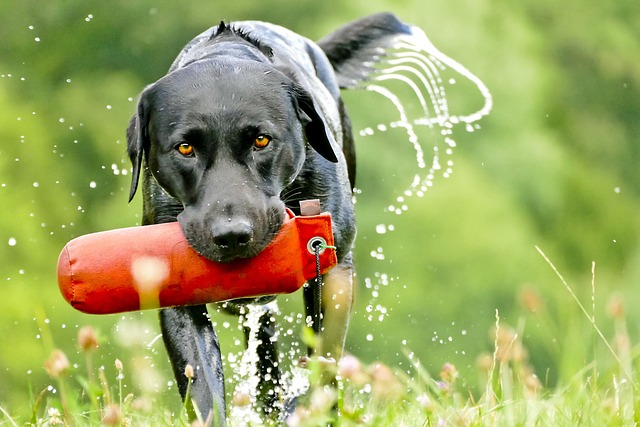
How do i train my dog to be obedient?
Watching your dog dart across the park ignoring your calls isn’t just frustrating—it can put them at risk near busy streets or public spaces.
That moment when you're trying to navigate your narrow apartment hallway and your Golden Retriever becomes an immovable furry roadblock - this common behavior puzzles many new dog owners. While it might seem like simple stubbornness, your dog's positioning actually communicates important information about their mindset and your relationship. Dogs don't arbitrarily choose where to walk; their movements reflect instinctive patterns, learned behaviors, and sometimes underlying anxiety that needs addressing. Understanding these motivations helps create harmonious living spaces while maintaining proper household dynamics.
From a canine perspective, walking ahead serves several purposes. Some dogs do it instinctively as "pathfinders," clearing the way for their pack (you) like their ancestors would have done when scouting for dangers. Others learn that being first means getting to the good stuff faster - whether that's the food bowl in the kitchen or the best spot on the couch. Certain breeds like herding dogs may position themselves this way out of ingrained instinct to control movement. However, if your dog stiffens, blocks doorways aggressively, or growls when you try to pass, these could be signs of resource guarding or dominance issues requiring professional intervention - never punish these behaviors physically, as modern positive reinforcement methods are more effective and align with animal welfare standards in countries like Germany where aversive training is restricted.
For most households, mild leading behavior requires simple management rather than correction. Teach your dog a reliable "go to your place" command using high-value treats to direct them to a mat or bed when you need clear pathways. Practice "wait" at doorways by having them sit before you walk through first - this establishes polite household manners without confrontation. Apartment dwellers should create clear pathways free of clutter where possible, as cramped spaces can trigger more blocking behavior. Remember that dogs often mirror our energy; if you rush around anxiously, your dog may try to "herd" you into what they perceive as safer movement patterns.

Cultural and safety considerations come into play with this behavior. While having your dog walk ahead indoors is generally harmless, allowing them to consistently lead on stairs could be dangerous for both of you - teaching them to wait at the top and bottom prevents accidents. In multi-dog households, consistent leading behavior might indicate tension between pets that needs monitoring. Always ensure your dog's microchip information and rabies vaccination are current, as dogs who dart ahead could potentially escape through open doors. When hosting guests, briefly confine overly enthusiastic greeters to prevent tripping hazards, especially if children or elderly visitors are present - this is just part of being a responsible pet owner in community living situations.
The key is reading your dog's specific intentions. If they glance back frequently while leading, they're likely checking in and maintaining connection. If they plow ahead oblivious, they may need more engagement training. Either way, solutions should focus on positive reinforcement rather than physical correction. With patience, you can teach your dog polite household navigation while respecting their natural instincts - creating a home that works comfortably for both two-legged and four-legged residents.

Watching your dog dart across the park ignoring your calls isn’t just frustrating—it can put them at risk near busy streets or public spaces.

New puppy owners often find themselves rushing to clean up accidents before they set in, and that’s where puppy pad training becomes a game-changer.

If you've noticed your dog's waistline disappearing and your veterinarian has mentioned those few extra pounds, your first instinct might be to simply reduce the amount of food in their bowl.

Training a dog to use a designated spot indoors isn’t as daunting as many new owners fear, but it does take consistency and an understanding of your pet’s needs.

That moment of dread on a walk is all too familiar for many new dog owners. You see another dog approaching down the sidewalk of your neighborhood

If the sight of another dog on your neighborhood walk makes your heart sink as your own dog erupts into a frenzy of barking and lunging, you're not alone.